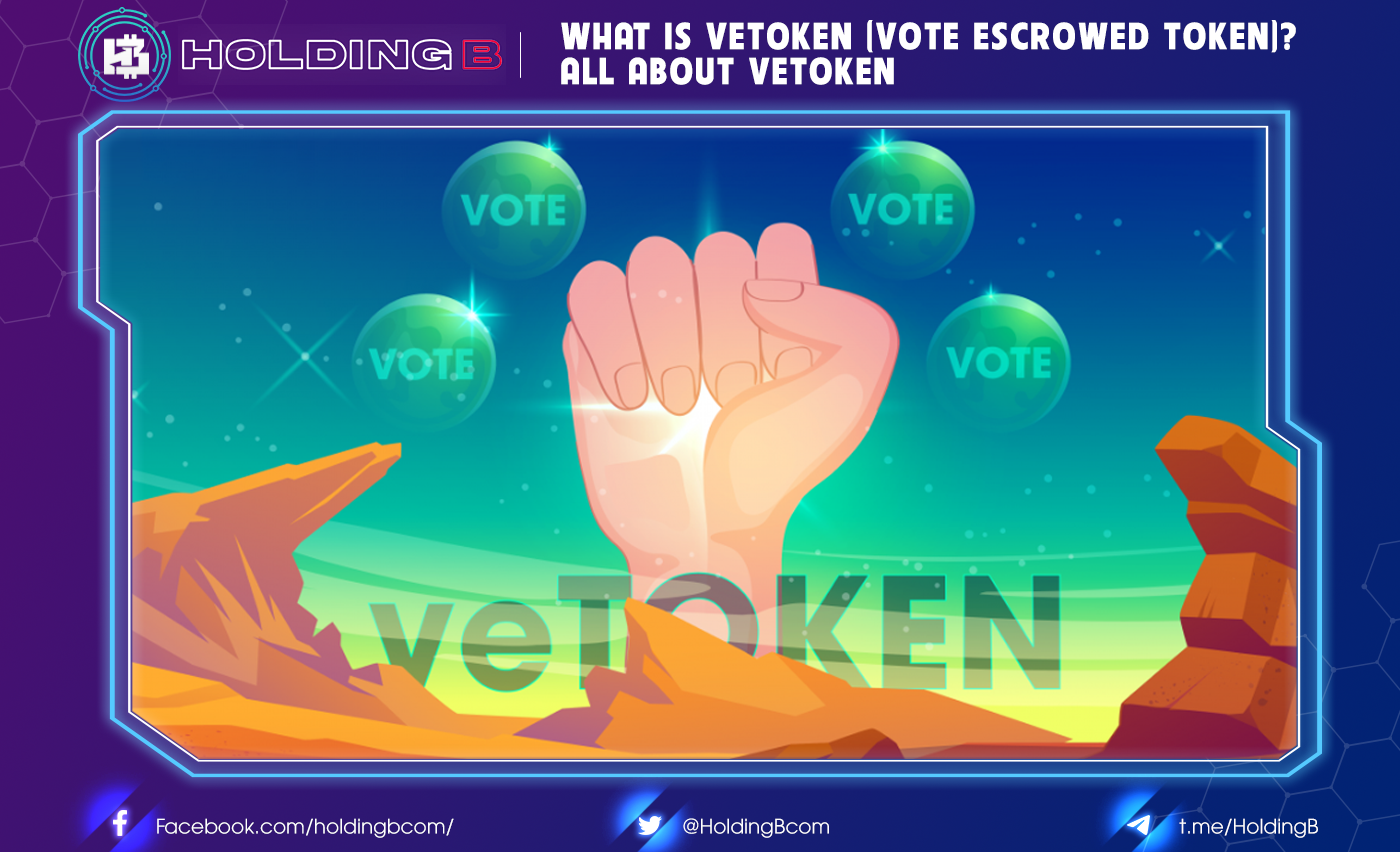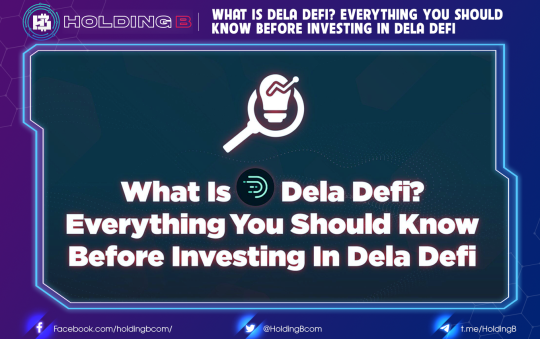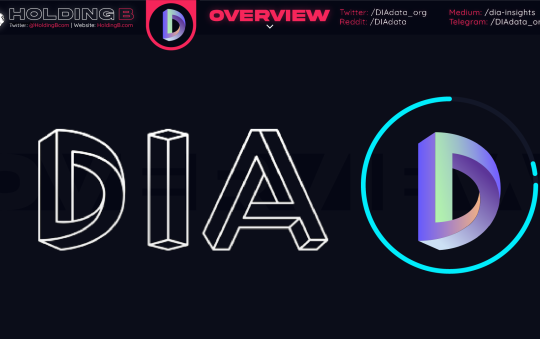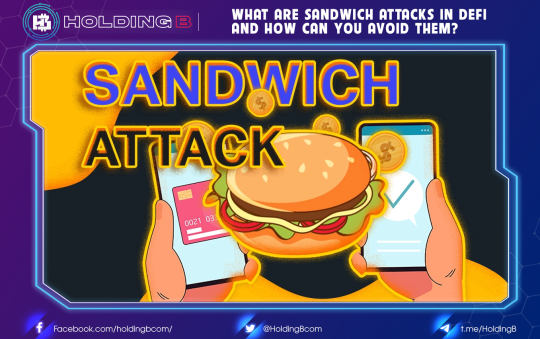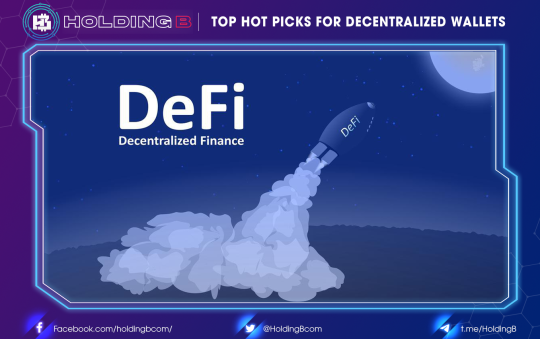Recently, veToken has received the attention of many people when many projects have started to apply this model to increase the applicability of their tokens, such as Ellipsis (EPX), Balancer (BAL),…short-term tokens of the above projects.

An Overview of veToken (Vote Escrowed Token)
Vote Escrowed is a mechanism to lock tokens to gain voting rights. Specifically, with this mechanism, users can lock tokens for a while to receive the following benefits:
- More voting rights in the admin system.
- Receive stake rewards.
- Voting increases rewards in certain pools.
The longer the token lock time, the more rewards and more voting power.
To make it easier to understand, let’s learn about a project that has successfully applied this model.
The most prominent example of veToken is Curve Finance

Normally, DeFi projects that want more people to use their services must create incentive rewards for users, and to do this, many projects have chosen to issue their tokens to pay rewards.
However, this has two consequences:
- One is that the rewards are generated so much that it causes inflation, which reduces the token value.
- Secondly, such an incentive mechanism is not sustainable. Tokens are created to pay rewards without many other use cases. It is easy for users to sell them, reducing the token price and affecting holders.
Therefore, the ultimate goal that DeFi projects want to aim for is to design it so that the incentive mechanism must be balanced with token inflation.
Therefore, Curve Finance has taken the lead in applying the escrowed voting model through the issuance of the veCRV token.
veCRV
Specifically, you will receive veCRV through CRV locking. The minimum lock time is 1 week while the maximum is 4 years. The longer the CRV lock time, the more veCRV you will receive.
For example,
If you lock 1 CRV for 4 years, you will receive 1 veCRV.
If you lock 1 CRV for 3 years, you will receive 0.75 veCRV.
If you lock 1 CRV for 2 years, you will receive 0.5 veCRV.
If you lock 1 CRV for 1 year, you will receive 0.25 veCRV.
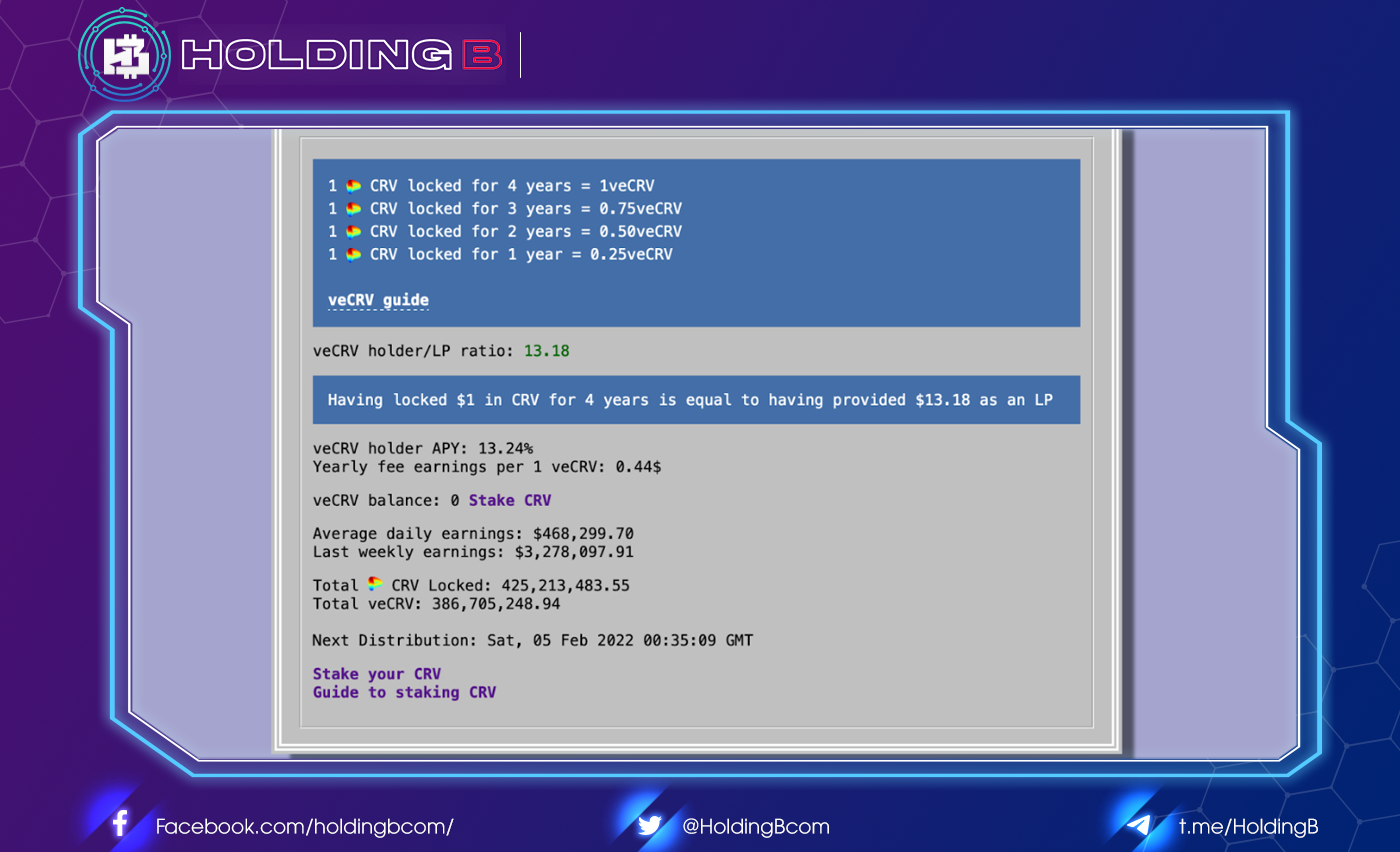
Besides, the number of veCRV brothers received from CRV locking will decrease over time.
For example, you choose a 4-year lock and receive 1000 veCRV. One year later, the number of veCRV will be 750, and after four years, you will run out of veCRV and receive CRV tokens.
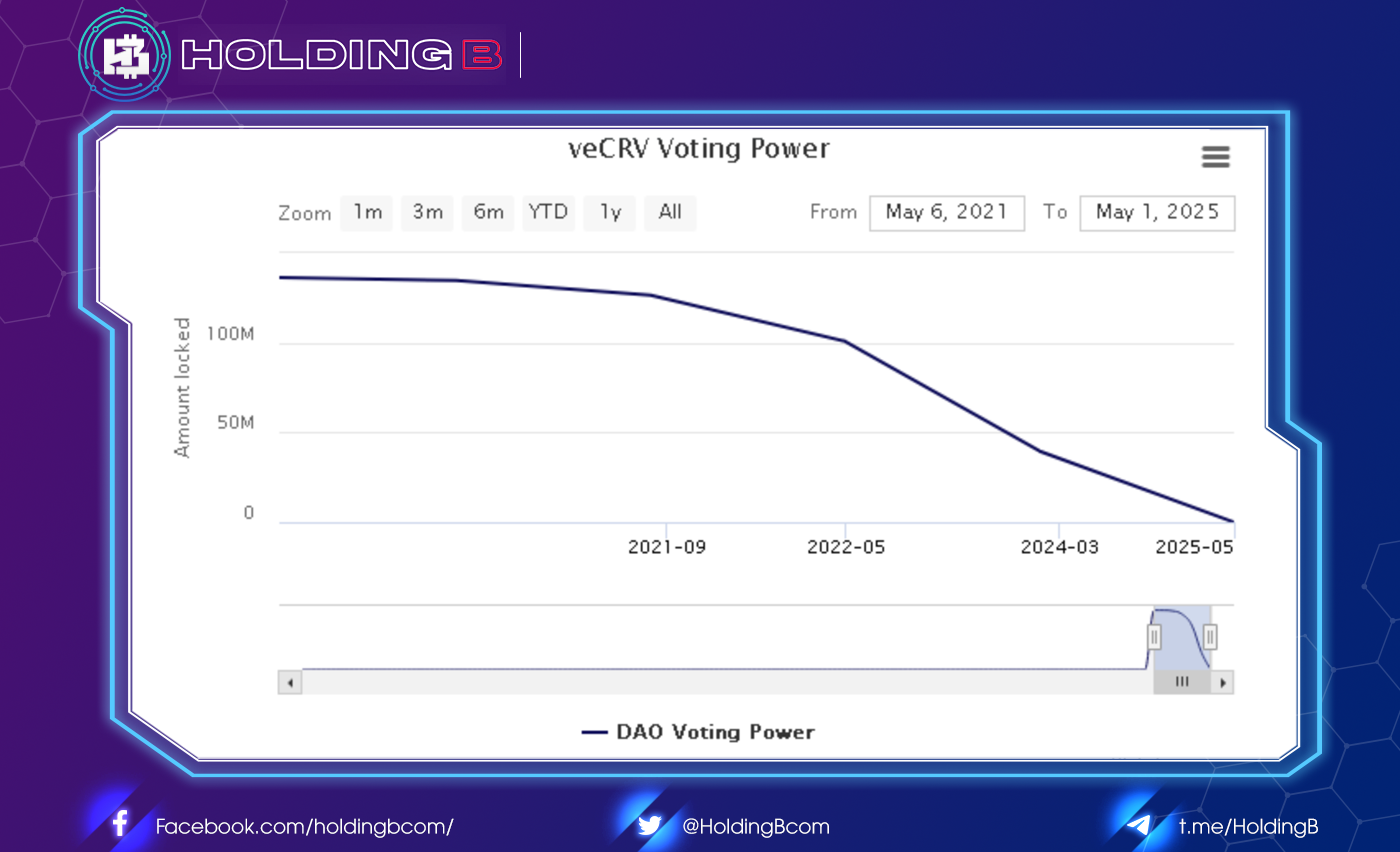
So what benefits will veCRV owners receive?
Holding interest in veCRV
First, veCRV holders will receive rewards from Curve’s transaction fees.
Specifically, each transaction in Curve has a fee of 0.03%, of which 50% will be divided among liquidity contributors for pools and the rest will be divided among veCRV holders.
In addition, veCRV holders can also receive more rewards from pools.
Specifically, with the Wormhole UST-3pool pool, if you do not have veCRV, you will only receive a yield of 8.59%, but if you own more veCRV, the yield will increase accordingly until a maximum of 18.59%. 2.16 times initially.
You can see that, thanks to these benefits, veCRV holders enjoy significantly greater profits than just providing liquidity.
Finally, veCRV holders have the right to vote on the pool that Curve will allocate CRV to as a reward. This means that the pool that receives more votes, the greater the CRV reward for that pool’s liquidity provider.
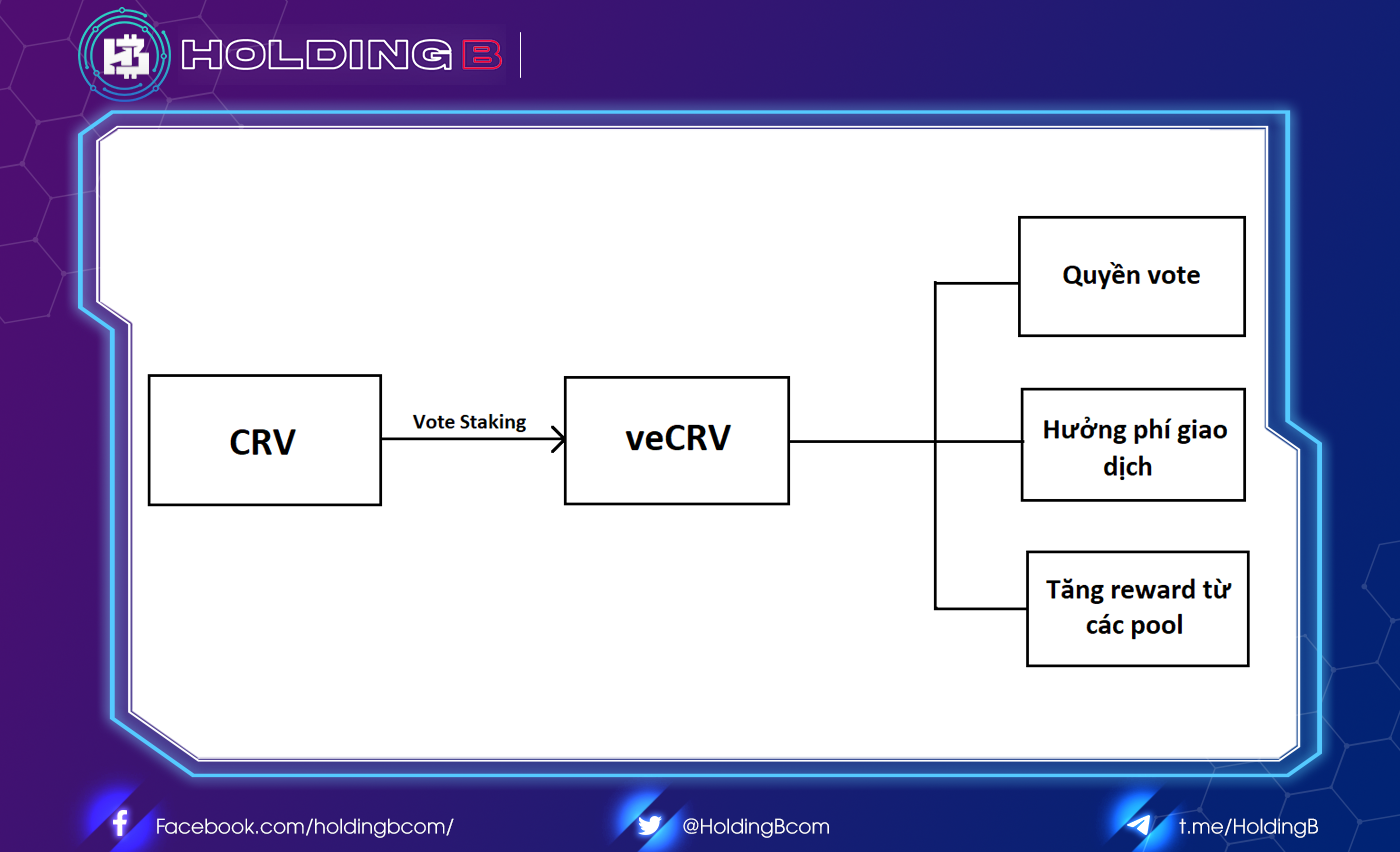
What are the notable advantages and disadvantages of veToken through the general concept and example of Curve Finance?
veToken’s benefits and drawbacks
Advantages
Both the project and the holder benefit
The most obvious advantage you can see is that veToken benefits both the project and the customer.
Specifically, veToken holders receive significant profits, and the longer they hold veToken, the more rewards they will receive.
The project also benefits from encouraging users to hold tokens, thereby partly solving the problem of balancing the reward mechanism and token inflation.
Besides, they will also receive stronger support from the community, especially from those who have locked their tokens for a long time to receive veToken.
For example, with Curve, the application of veToken is a great success as the project can issue more CRVs as rewards but also encourage users not to sell those tokens.
As for users, they can maximize profits by contributing liquidity to CRV reward pools, then locking that CRV number to receive veCRV, thereby increasing their reward amount by more than double.

Encourage users to take part in DAO
Often, DAOs face the problem of a lack of user participation in voting or in governance activities.
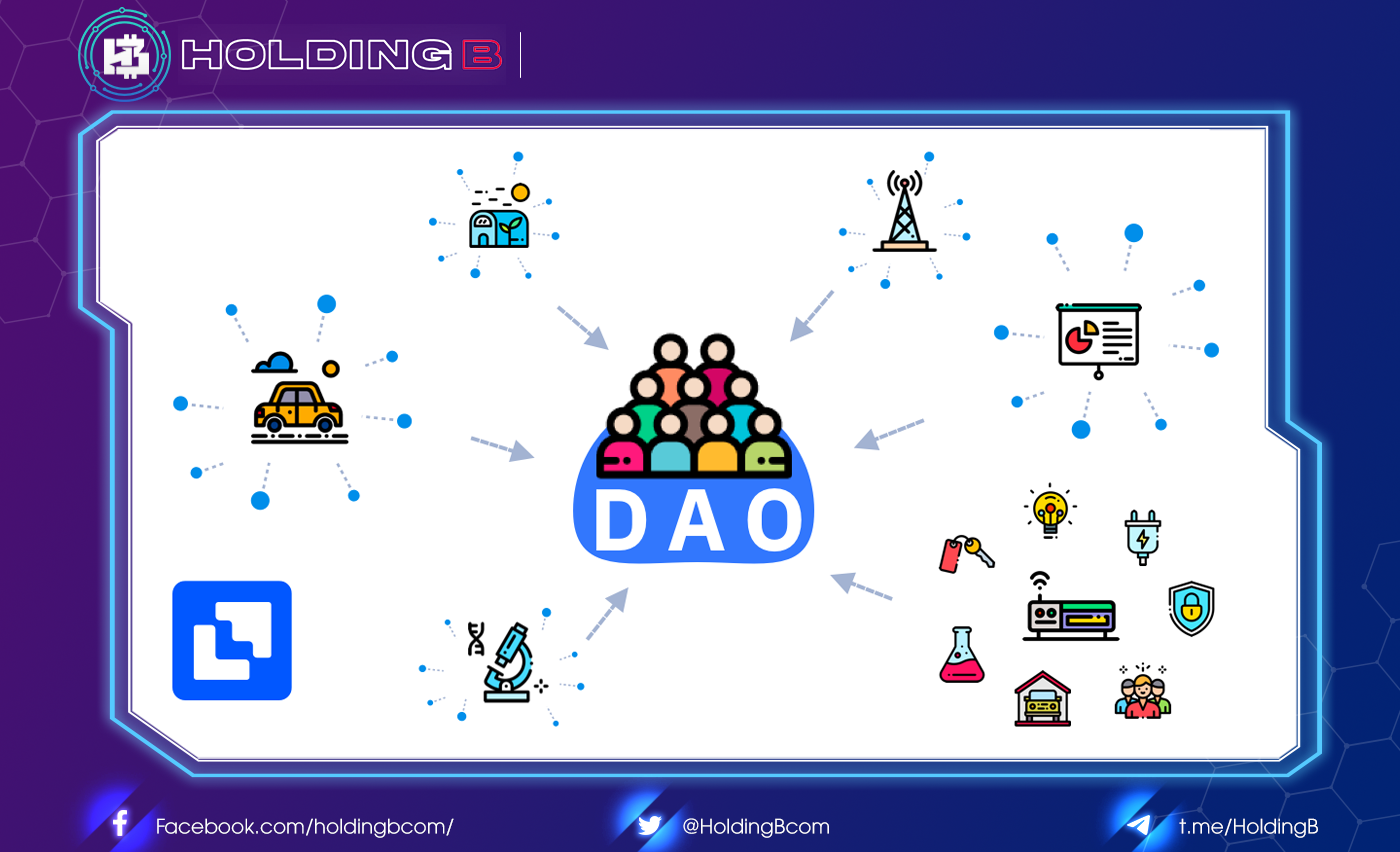
veToken has somewhat solved this problem because once users hold veToken, it also means that they want the project to last for a long time. Besides, the longer they hold veToken, the more votes they have. These have encouraged users to participate more in voting as well as in the governance of the project.
Defect
veToken has low liquidity
One of the downsides of veToken is that it has virtually no liquidity. Because veToken is difficult to trade, once a user locks the capital to get veToken, it also means that the capital will be locked and cannot be circulated, leading to the inevitable consequence of low capital efficiency.
This leads the project to have to depend on third parties to provide liquidity for its veToken. An example of this is what Convex Finance is doing with veCRV.
Create a war for control
Another major drawback is that veToken indirectly creates a battle for control through a majority holding of veToken. This goes against crypto’s decentralization and fairness for all.
Specifically, let’s look at Curve’s example. As you know, veCRV holders have the right to vote to choose the pool that Curve will allocate CRV to as a reward.
This leads to a project that holds more veCRV, the more rewards their pool has, thereby attracting a large amount of user liquidity to the pool.
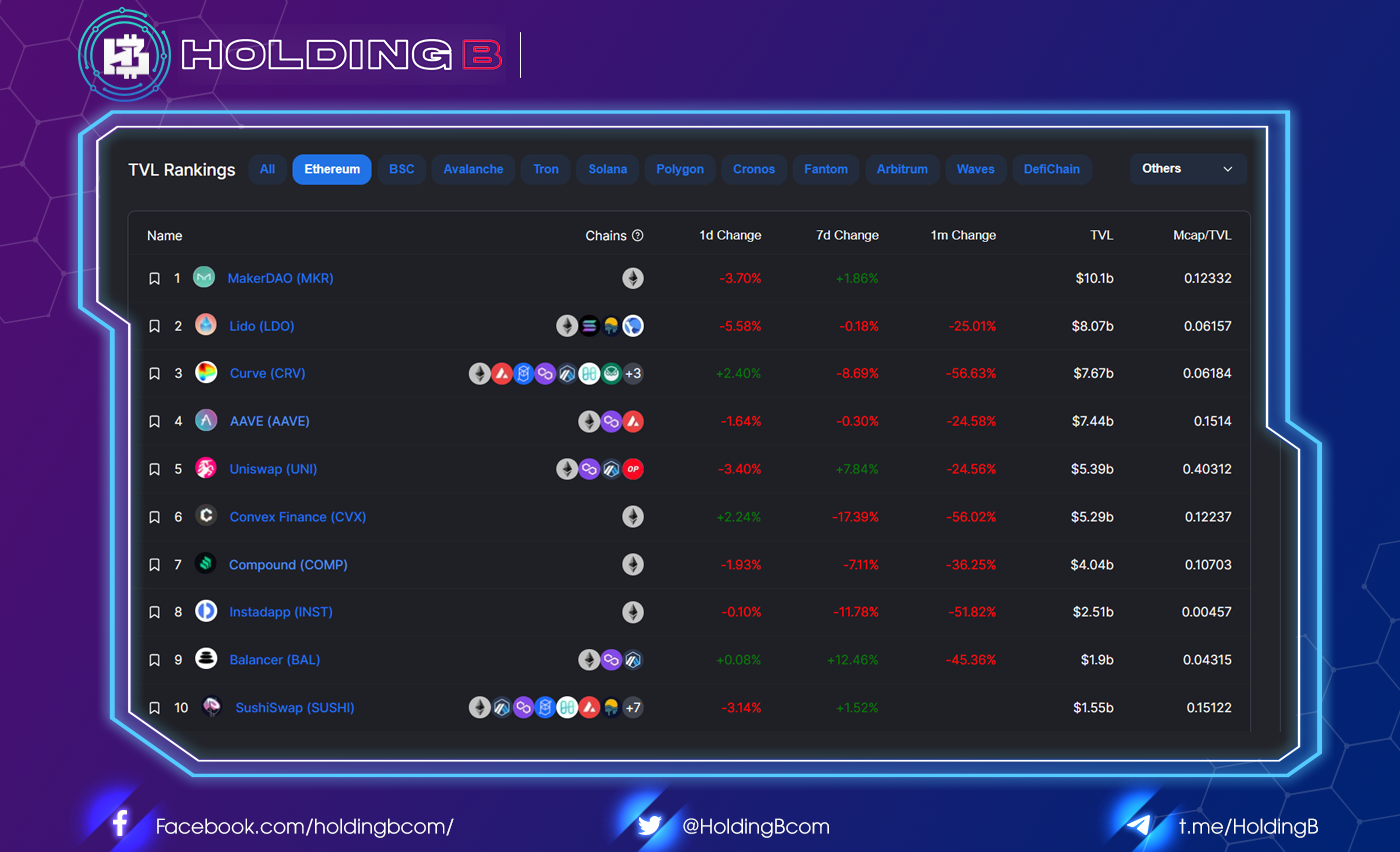
Since Curve is one of the top platforms with TVL on Ethereum, this is a very lucrative reward for those who hold the majority of veCRV. So a war for liquidity took place on Curve, aka Curve Wars.
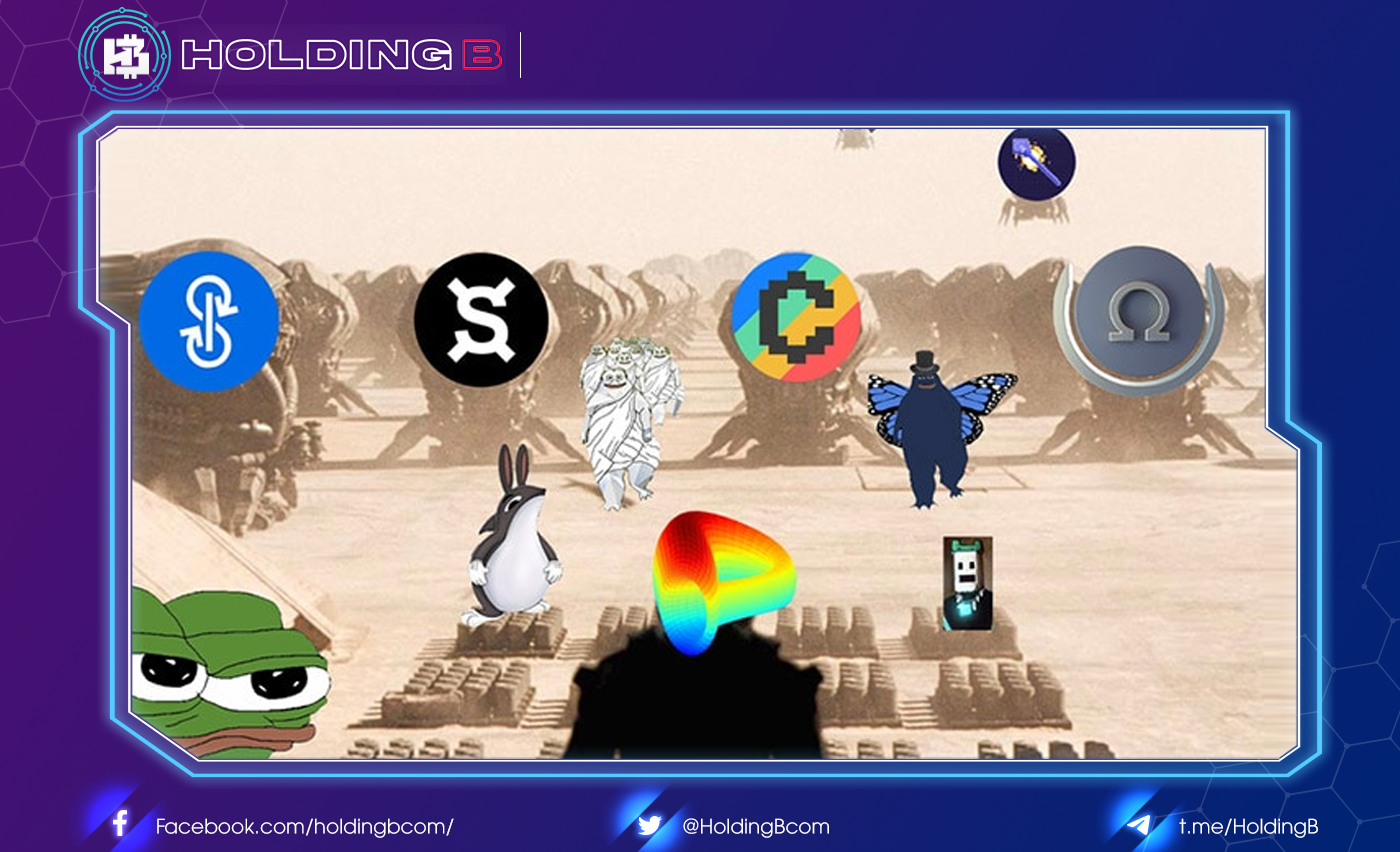
Ticks in brief ve(3,3)
To overcome the above disadvantages of veToken, Andre Cronje, who has been dubbed the “Godfather of DeFi”, and Deniele Sestagalli, who is behind many notable DeFi 2.0 projects, have developed ve(3,3) mechanism.

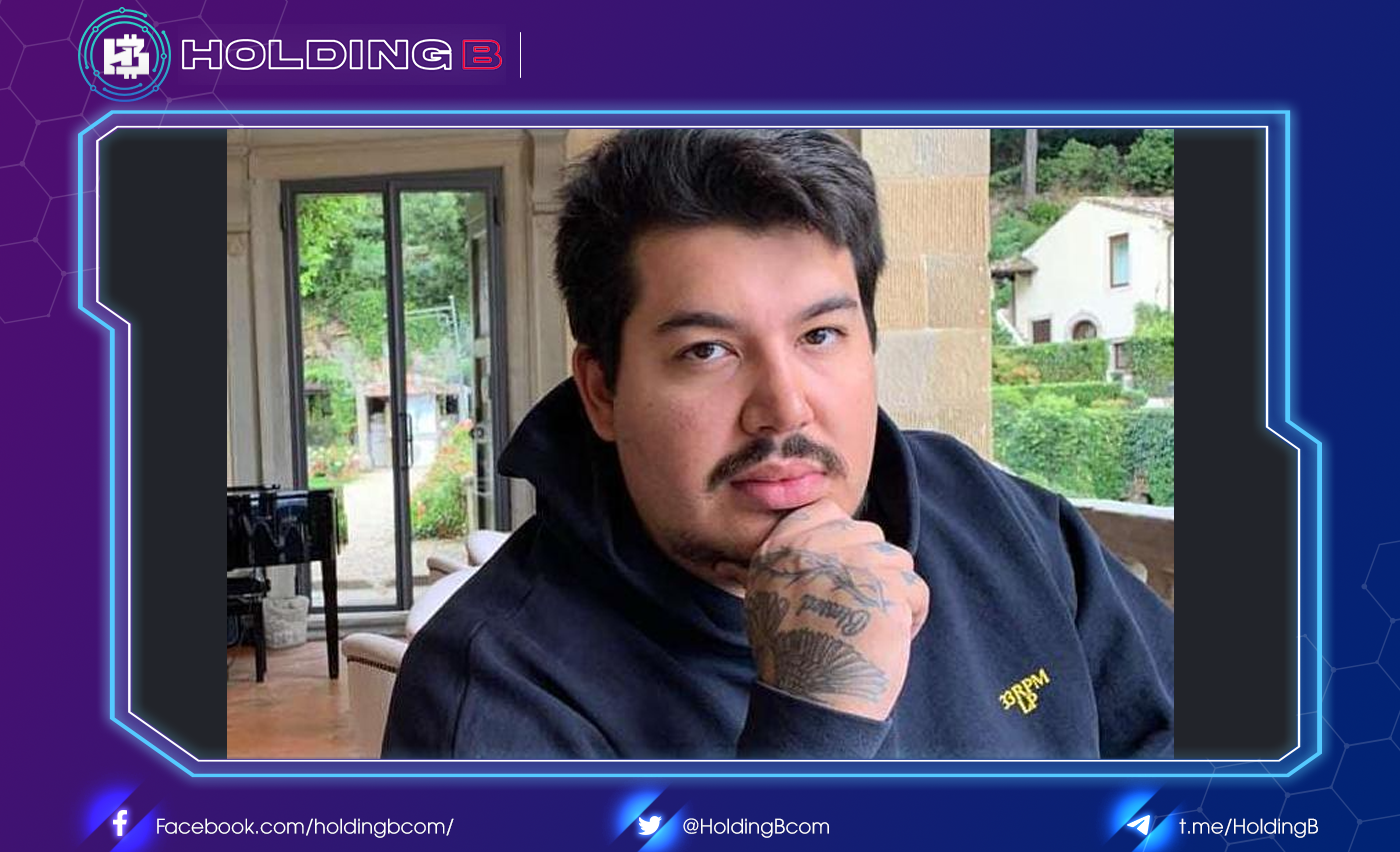
Specifically, this is the mechanism that combines Vote Escrowed and ve(3,3). So what is ve(3,3)?
This is the game theory model proposed and deployed by OlympusDAO. Specifically, this model creates a mechanism to encourage users to stake as many OHM tokens as possible. As the table below shows, if both users buy OHM to stake, they will receive the most rewards, corresponding to ve(3,3).

So, are there any notable differences between ve(3,3)?
veToken issuance speed is adjustable
With ve(3,3) mechanism, the rate of new veToken creation in the market will be adjusted weekly based on the circulating supply rate. This means that the rewards will be greater if there are fewer tokens locked in the protocol and vice versa.
For example, with a token with a total supply of 20 million,
If 0% is locked, the allocation rate will be 2 million.
If 50% is locked, the allocation will be 1 million.
If 100% of the circulating supply is locked, the distribution will be zero.
This is a reasonable mechanism to manage the number of tokens locked. If anyone wants to take control by holding the majority of veToken, they will face the problem of low rewards, thereby preventing the risk of liquidity wars like in Curve Wars.
veToken is formed as an NFT
Besides, each veToken will be represented by an NFT, allowing you to circulate this asset.
The NFTization of veToken could be a solution to the liquidity problem for this token. The project will not need to rely on 3rd parties to provide liquidity for veTokens like what Convex is doing with Curve.
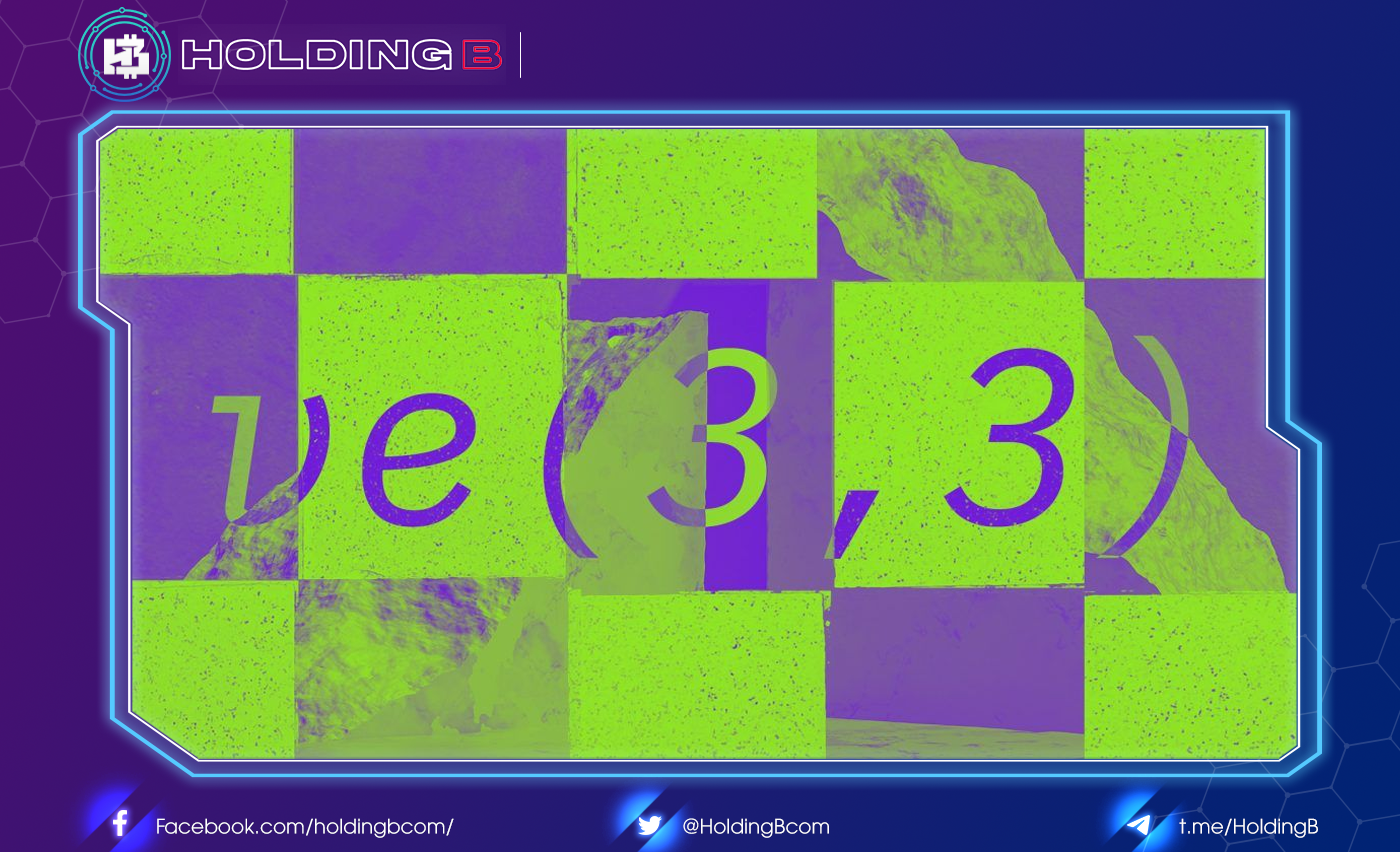
See ya in the next article !
Don’t forget to follow useful articles about Crypto Market from team Holding B !!!
- Telegram Channel: https://t.me/HoldingBcom
- Telegram Group: https://t.me/HoldingB
- Website: https://holdingb.com/
- Twitter: https://twitter.com/HoldingBcom
- Facebook: https://www.facebook.com/holdingbcom

